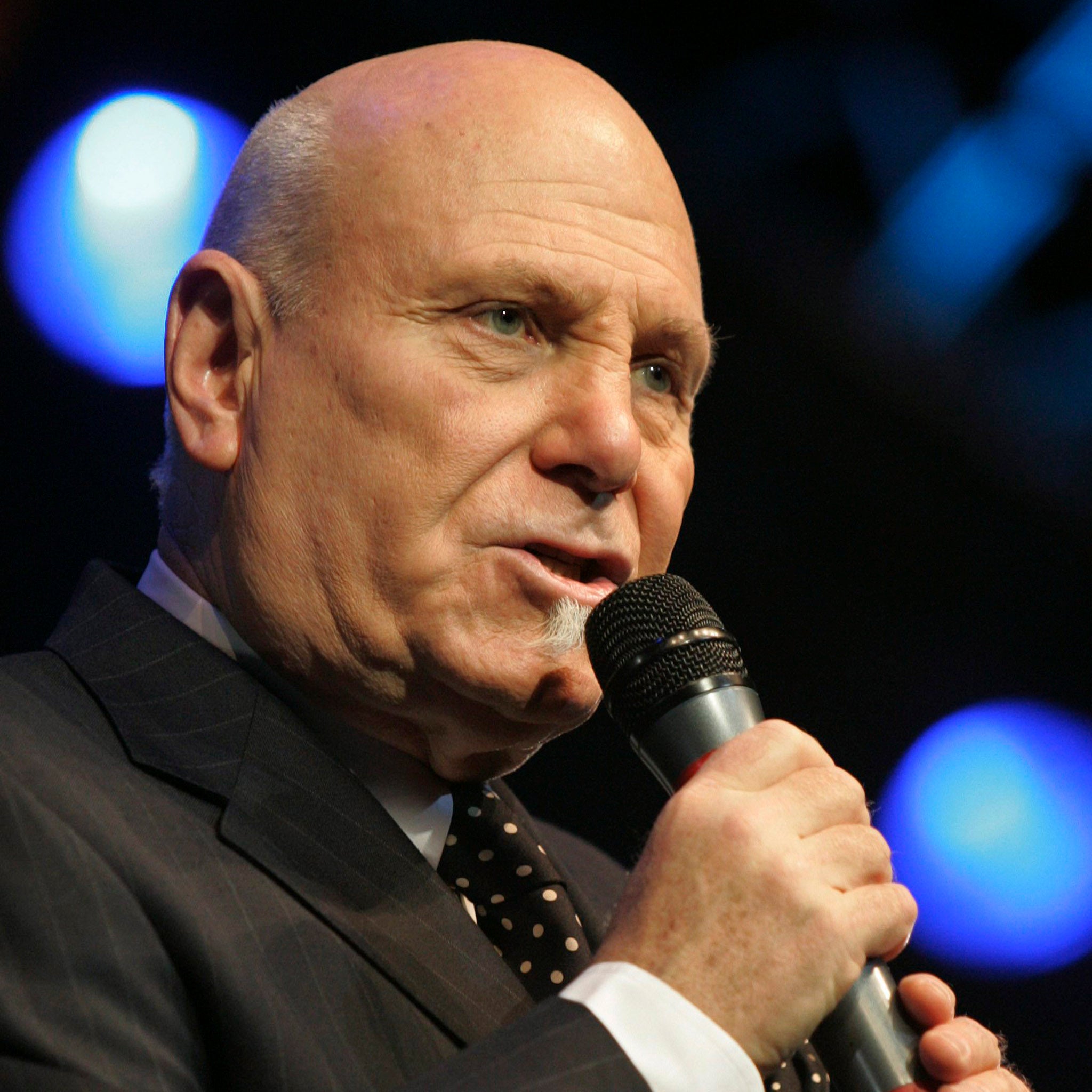Tim Hauser: Singer who founded and led Manhattan Transfer, best known in Britain for their No 1, Chanson d’Amour
Hauser, a former advertising and marketing executive, formed the band Manhattan Transfer in 1972 as a modern-day throwback to the intricate vocal harmonies of an earlier era

Tim Hauser was the founder and guiding force behind Manhattan Transfer, the Grammy-winning pop-jazz vocal group who enjoyed decades of worldwide acclaim and were best known in Britain for their 1977 No 1 “Chanson d’Amour”.
With an eclectic blend of styles, the Transfer were an exotic musical flower in their early years, playing at small New York clubs and underground venues.
“Salvador Dali came to see us,” Hauser recalled in 2005. “And Rex Harrison. I remember when Warren Beatty and Jack Nicholson were sitting in the front, both wearing dark glasses. Faye Dunaway came into our dressing room by mistake – she was looking for the ladies’ room – and we wouldn’t let her leave.”
Hauser, a former advertising and marketing executive, formed the band in 1972 as a modern-day throwback to the intricate vocal harmonies of an earlier era. With few changes in personnel, and none since 1979, the two men and two women of Manhattan Transfer became one of the most successful and enduring vocal groups in history, recording more than 20 albums and winning 10 Grammy Awards.
The quartet became known for their supple harmonies and smooth stage style, but the choreographed moves and flashy costumes always took a back seat to the vocal arrangements that featured Janis Siegel, Cheryl Bentyne, Alan Paul and Hauser. “We never started out with one lead singer,” Hauser said in 1991. “Everybody gets their shot. We understand that if everybody’s not happy, it’s not going to work.”
As the group’s leader, Hauser drew from a deep and diverse musical well. The Four Freshmen and Lambert, Hendricks & Ross, two jazz vocal groups of the 1950s, were important forerunners, but Manhattan Transfer also borrowed from the Second World War harmonies of the Andrews Sisters, the doo-wop trend of the 1950s and the girl-group sound of the ’60s.
Hauser developed the concept for the group as a college student at Villanova University outside Philadelphia. He told one of his music professors that he wanted two men and two women singing complex, interweaving parts. “He said, ‘Well, what you’re basically talking about is two tenor and two alto saxophones, singing in close harmony – that’s the Count Basie sax section,” Hauser recalled.
In 1981, the Transfer became the first group to win Grammy Awards for best pop vocal, for “The Boy From New York City”, and best jazz vocal, for a version of “Corner Pocket,” first performed in the 1950s by the Count Basie Orchestra. Their 1985 album Vocalese, which put words to 11 instrumental jazz numbers, received 12 Grammy nominations – second only to Thriller for the most in history.
The critic Geoffrey Himes praised Manhattan Transfer’s “precision harmonies and playful irreverence”, but others were not always as kind. One of the group’s better-known tunes, a 1979 vocal version of Weather Report’s “Birdland”, was seen by detractors as emblematic of the jazz-fusion excesses of the 1970s. None the less, Transfer were considered the pre-eminent vocal group in jazz for decades, repeatedly winning polls and other honours.
“At this point in our lives, what else are we going to do?” Hauser said in 1991. “When you do something and people say you’re one of the best at it, it’s too late to change your mind and say, ‘I want to be a sales executive.’”
Timothy DuPron Hauser was born in 1941, in Troy, New York, and went to high school in Belmar, New Jersey. He once recalled sitting in on a rehearsal in 1956 with the doo-wop group Frankie Lymon and the Teenagers. “They sang ‘I Promise to Remember’ a cappella,” Hauser said. “I swear that was my turning point. That was God’s way of saying, ‘Here’s your gig, son, and if you don’t get it, it’s not my fault.’”
Hauser formed his first band at 15 and sang in various groups through college before graduating from Villanova in 1963. After serving in the US Air Force and New Jersey Air National Guard he worked for a New York advertising agency and for the Nabisco food firm before forming the first incarnation of Manhattan Transfer – named after the John Dos Passos novel about Jazz Age New York– in 1969.
After that group broke up, Hauser was driving a taxi when he met another singer, Laurel Massé. She introduced him to Siegel and they later invited Paul to complete the quartet. Massé left in the late 1970s and was replaced by Bentyne.
Hauser, who died of a heart attack after being admitted to hospital suffering from pneumonia, had lived in southern California since the late 1970s. He occasionally produced albums for other performers and also marketed a line of tomato sauces.
Timothy DuPron Hauser, singer: born Troy, New York 12 December 1941; married three times (two children); died Sayre, Pennsylvania 16 October 2014.
© The Washington Post
Join our commenting forum
Join thought-provoking conversations, follow other Independent readers and see their replies
Comments